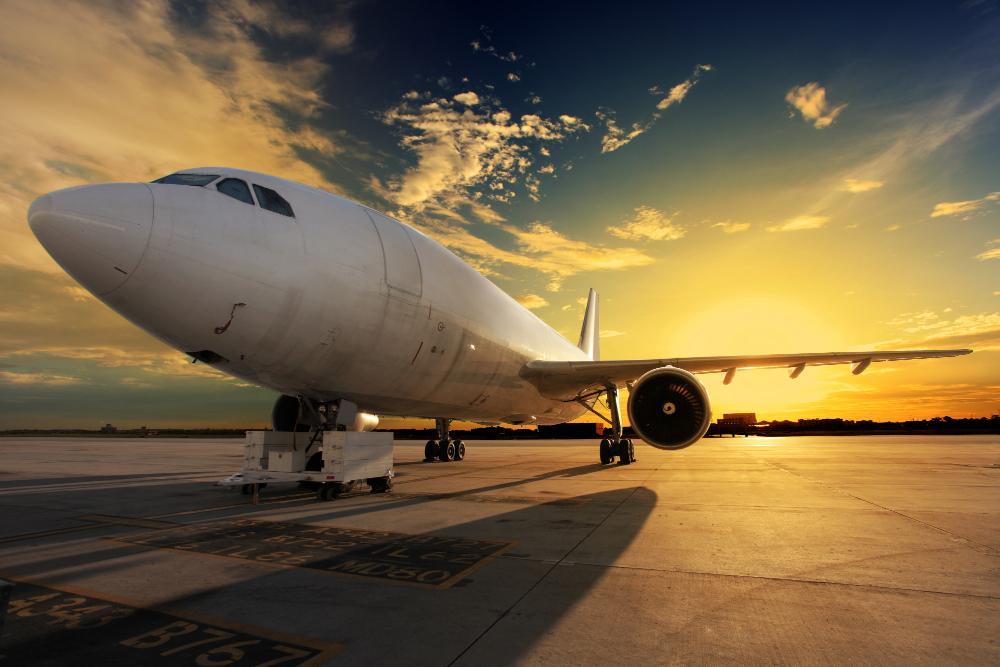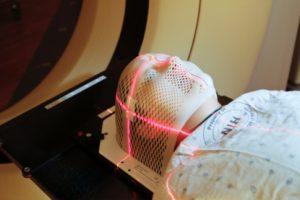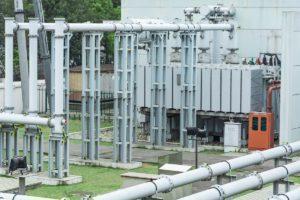Overview
Aircraft and flight industries have been extensively used worldwide to quickly transport passengers and goods. Aircraft flight condition is dependent on the type of forces applying on wings. Hence an Aircraft wing is considered crucial component at the time of flight. Stress and strain are the parameters that determine the longevity and operational safety of any flight-bound vehicle.
Our state of art solution for Aircraft Industries
With thousands of sensors contained in a single hair-thin fiber providing these measurements, Fsenz’s fiber optic solutions provide a detailed picture of the health of an aircraft. Fsenz enables engineers to test, monitor and analyze the integrity of structures and capture aircraft component positioning feedback through the continuous monitoring of strain, temperature, stress, loads, out-of-plane deflections, and three-dimensional shapes. Armed with this data, engineers can create innovations that transform industries, improve safety, prolong the life cycle, reduce maintenance, and enhance in-flight efficiency of aircrafts – all resulting in reduced costs. By providing a comprehensive picture of an aircraft’s health and performance, Fsenz’s technology ensures continuous innovation as well as the safe transportation of people and equipment around the world and into space.

BRAGGVIS software
The BRAGGVIS temperature monitoring software detects hot-spots on wall of Nuclear reactor, prepares reports against every potential hot-spots, keeps a record for temperature/strain analysis, and displays them in the control room. BRAGGVIS performs monitoring, operation and control from anywhere via an Ethernet network.
Customer Benefits
- Minimize aircraft downtime and fine-tune maintenance schedules.
- Improve fuel consumption through intrinsically safe fuel level measurement.
- Monitor the shape of the wing and other deformed components.
- Determine when an aircraft is reaching end-of-life.
- Understand the response of complex airframes to flight conditions.
- Provide in-flight feedback to control systems.







